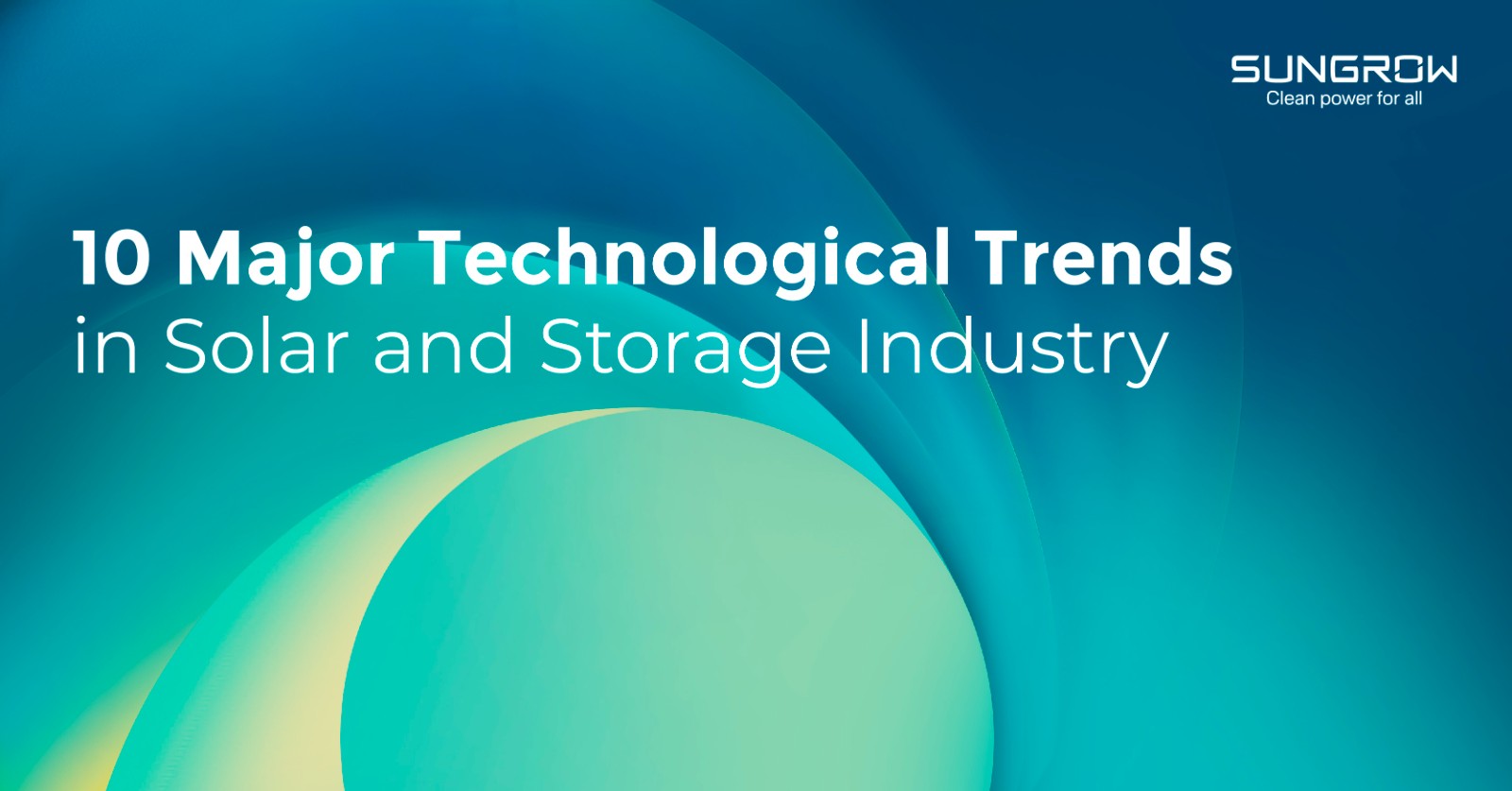
In a recent address, Dr. David Zhao, Senior VP of Sungrow, outlined the top 10 technological advancements driving the solar and energy storage industry forward. These innovations are critical for accelerating the energy transition and supporting sustainable economic growth.
Despite rapid growth in global PV installations, the power sector faces key challenges:
- Supply chain security
- Clean energy integration
- Grid stability
- Load variability resilience
- Cost optimization
Energy storage, as a cornerstone of decarbonization, is experiencing rapid expansion.
Wide-bandgap semiconductors like SiC (Silicon Carbide) and GaN (Gallium Nitride) are making inverters more efficient. Combined with advanced thermal and control technologies, they boost power density. Sungrow led the way by integrating 2000V SiC into its SG350HX inverter in 2021.
Inverter power levels are rising, with DC voltage moving toward 2000V. Sungrow's world-first 2000V PV system in China cut costs by ¥0.04/W ($0.0055/W) versus 1500V systems.
As renewables grow, grid-forming ensures stability. Since 2006, Sungrow has pioneered technologies like:
- Inertia support
- Oscillation suppression
- Seamless grid/off-grid switching
- Black-start capability
These solutions enhance grid resilience worldwide.
AI optimizes PV plant performance, from real-time battery health monitoring to thermal runaway prevention. Sungrow's AI-driven battery system tracks cell conditions (voltage, temperature, etc.) to improve safety and efficiency.
Future inverters will prioritize 30-year lifespans. Sungrow enhances safety through:
- Modular design
- Fault detection
- Arc shutdown mechanisms
Its ¥10M+ ($1.4M) burn tests on PowerTitan energy storage systems set new safety benchmarks.
New circuit designs boost efficiency. Sungrow's 6MW 35kV Solid-State Transformer (SST) inverter (2018) replaced bulky transformers, achieving 98.5% efficiency.
Advanced modeling helps simulate solar, wind, and storage performance under different grid conditions, speeding up development and cutting costs.
VPPs aggregate distributed energy resources to:
- Optimize clean energy use
- Reduce grid congestion
- Enhance demand response
They improve grid flexibility while lowering infrastructure costs.
This holistic approach maximizes renewable integration and cuts curtailment. Sungrow is deploying it in Saudi Arabia's 2.2GW wind-PV-storage-hydrogen project, with zero-carbon parks expected by 2025.
Renewable-powered electrolysis is key for green hydrogen. Decoupling generation from production enables remote hydrogen generation. Hydrogen rectifiers with fast response manage renewable power fluctuations, ideal for large-scale projects.
Contact Person: Miss. Elsa Liu
| WhatsApp : | +8617763274209 |
|---|---|
| Skype : | +8617763274209 |
| WeChat : | 17763274209 |
| Email : | Elsa@lifepo4-battery.com |